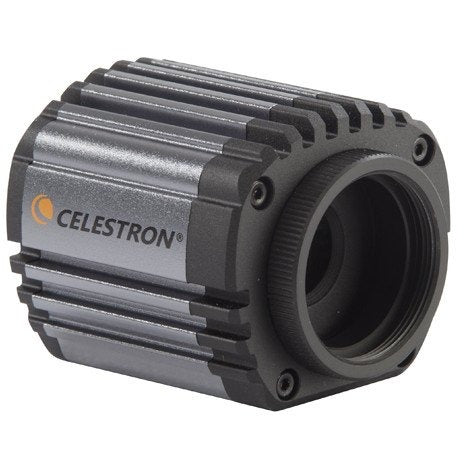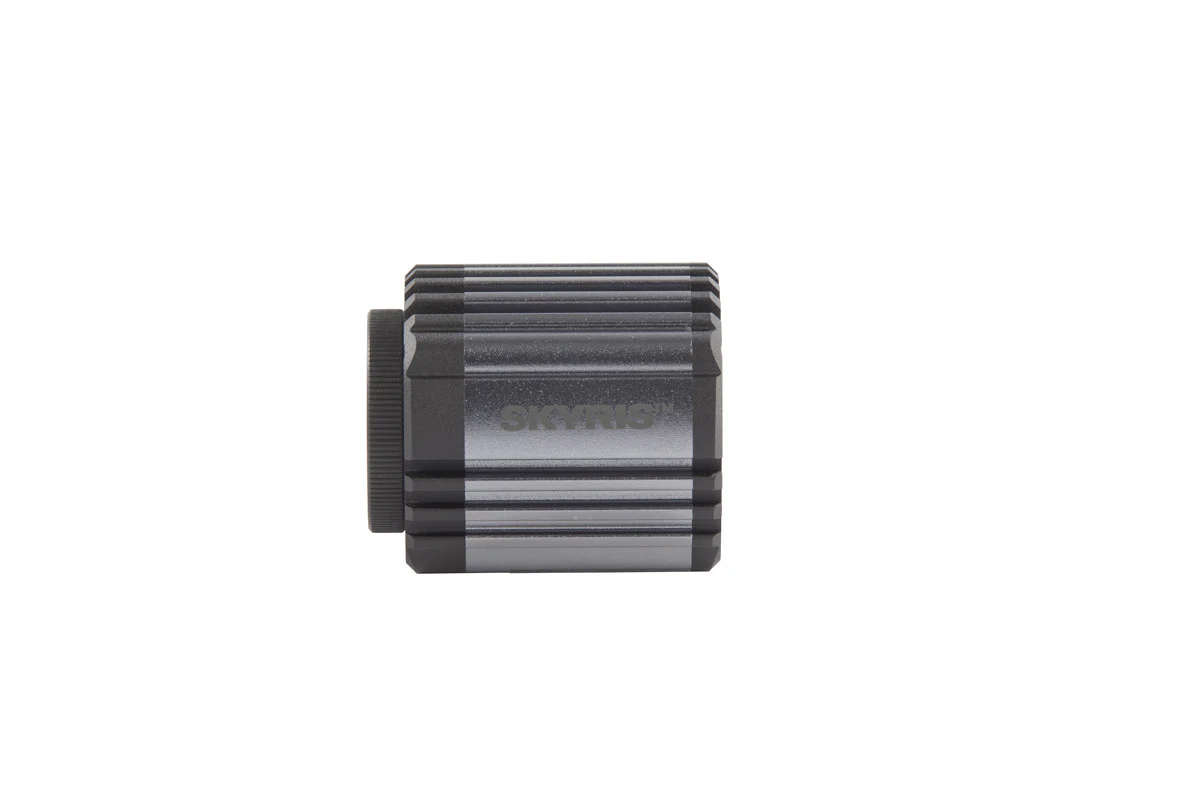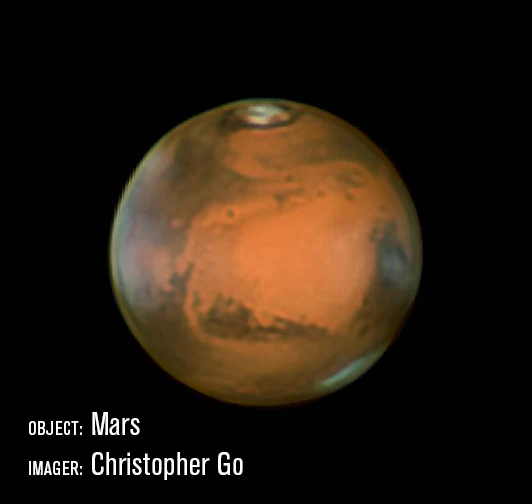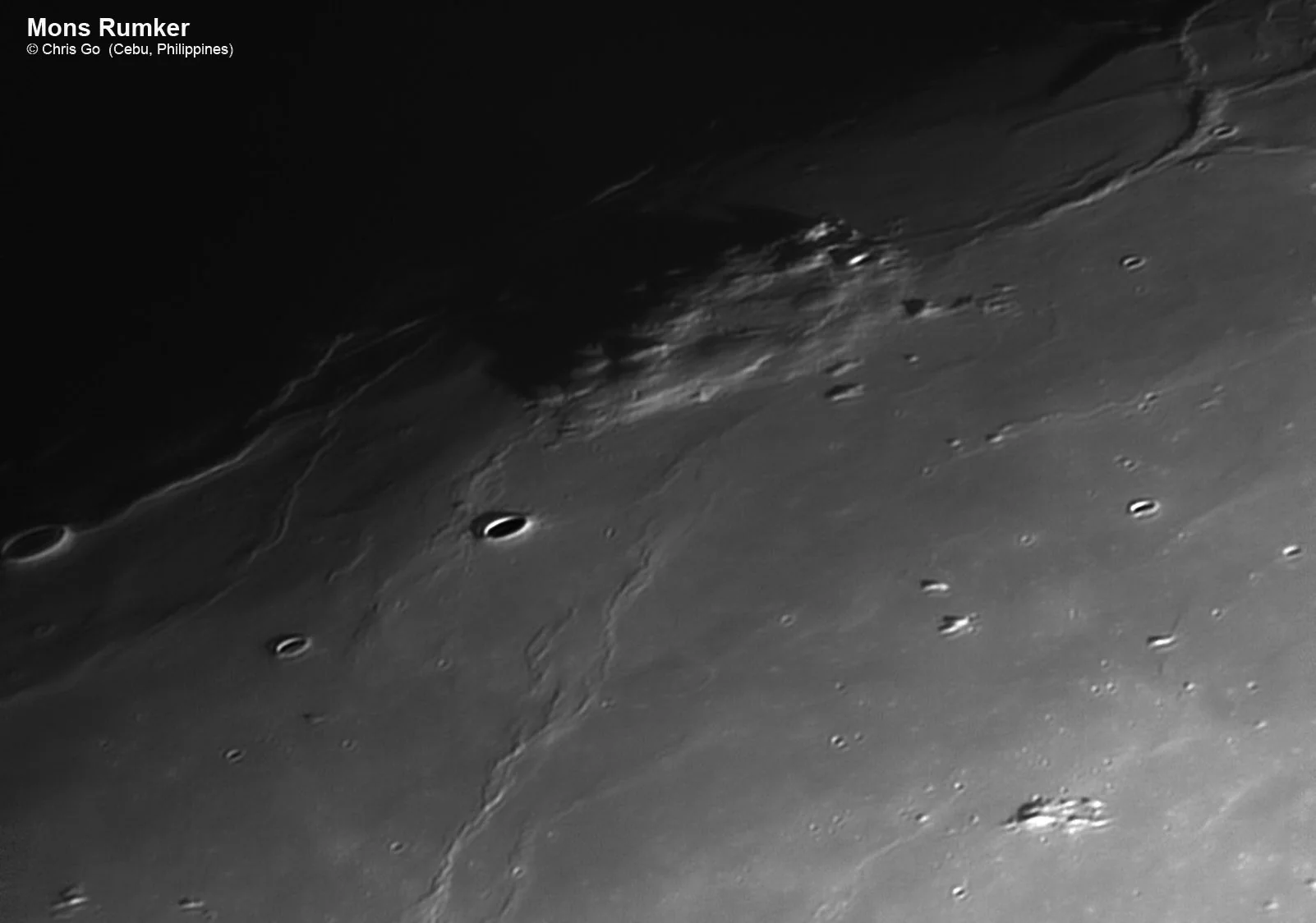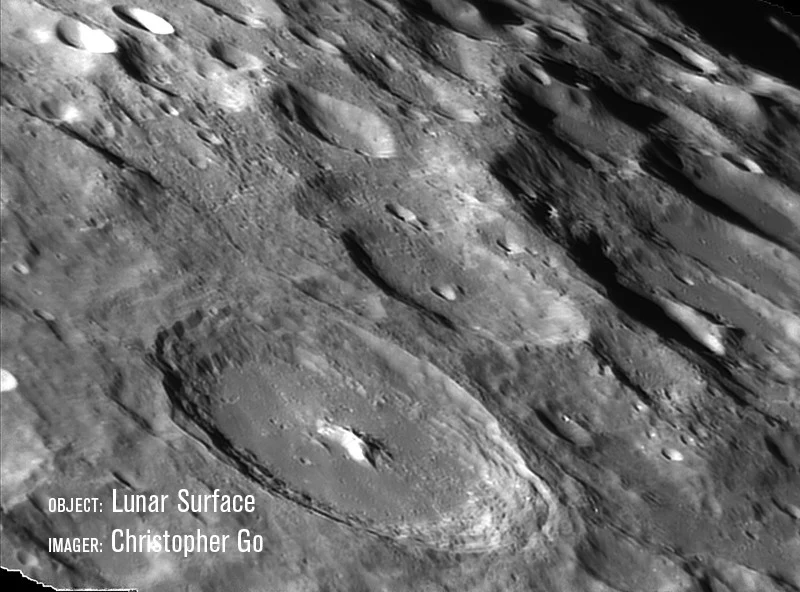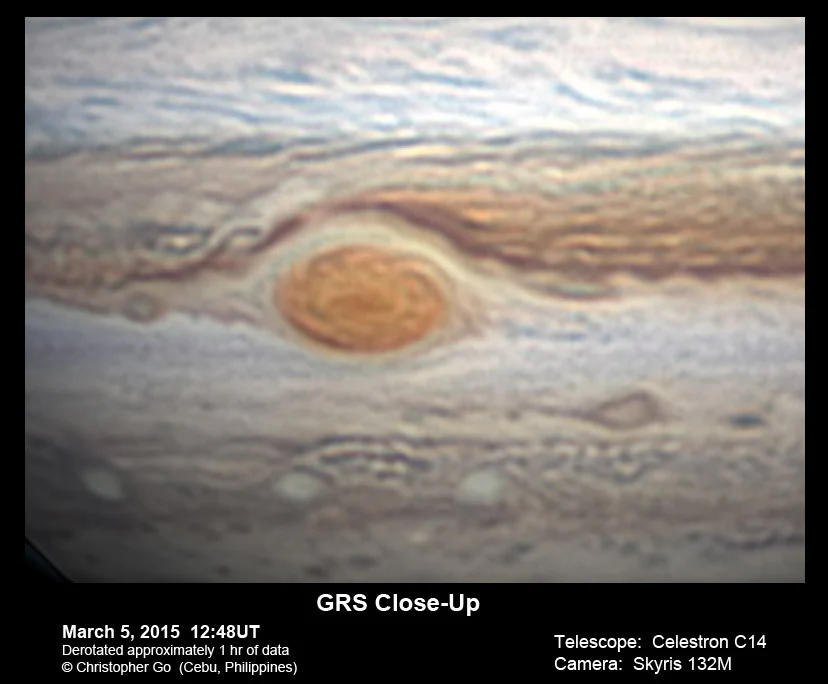Skyris 132M
-
Detail
Mac OS X compatible! Find the software downloads in the Support section of this page.
Celestron offers a wide array of high-quality, affordable, and user-friendly planetary imagers! to learn more on how to choose an imager that’s right for you.
Celestron Partners with The Imaging Source
For years, The Imaging Source has produced astronomical cameras known for quality, performance, and value, elevating planetary imaging from a casual hobby into an art form. The Imaging Source design team in Germany has joined forces with Celestron’s engineers in California to create the Skyris line.Skyris combines the unmatched expertise of The Imaging Source, with Celestron’s innovative industrial design. And of course, it’s backed by Celestron’s world-class product support and 2-year warranty. Whether you're an advanced user or a beginner, you'll love creating beautiful astroimages with these easy-to-use cameras. Capture the Sun, Moon, and planets like never before and create crisp, high-resolution images.
More Data, Faster with USB 3.0 and Lightning-Fast Readout
Skyris is capable of super-fast image download thanks to USB 3.0 connections. Even more impressive, Skyris’ CMOS sensor is capable of capturing up to 200 frames per second when subframed on planets. Or image the full 1.2 megapixel 1/3-inch sensor at 60 frames per second—great for lunar and solar imaging.Ultra-Sensitive Aptina AR0132 CMOS Sensor
CMOS technology is emerging as the hottest thing in imaging, and Aptina’s AR0132 sensor leads the way. This updated version of the popular MT9M034 sensor offers the perfect combination of speed, sensitivity, and value. You’ll get results that rival those of more expensive cameras, at a price that’s well suited to the budding astroimager.Skyris 132M is a monochrome camera, offering you the most sensitivity for capturing the best possible astroimages. Attach the specially designed Skyris Filter Wheel to image in color.
Skyris also features a Celestron-designed camera body, which helps dissipate heat to minimize the effect of thermal noise on the CCD. Skyris cameras do not have an optical window, which makes cleaning your camera easier and ensures maximum light transmission with no risk of internal reflections.
A Complete Imaging Solution—Just Add Your Telescope and PC!
All Skyris cameras include Celestron iCap capture software and stacking software (for Windows systems only). This software suite allows you to easily control the camera, capture, and export your images or movie files. Next, you’ll filter your images and stack the best shots to create your masterpiece.With a 1.25" nosepiece and 10' USB 3.0 cable included, Skyris has everything you need to get started with lunar, solar, or planetary imaging.
Using Skyris as an Autoguider
Skyris cameras also make excellent autoguiders. If used with a Celestron mount, Skyris connects as a DirectShow device or WDM-style webcam. Just plug the hand control into the supplied serial cable using an optional USB to RS-232 Adapter. Skyris works with popular software like MaxIm DL or freeware like PHD Guiding. Skyris can also be used as an autoguider. For more details, please check the article in our Support tab.Praise for Skyris 132M from the World's Top Astroimagers
Acclaimed astroimager Christopher Go had this to say about Skyris 132M:"The new Skyris 132M uses the newest version of the MT9M034. This version has the same sensitivity of the M034 but less noise. The resulting image has better contrast compared to the older M034.
The Skyris 132M has a USB 3.0 interface, which allows the camera to capture the full frame of 1280X960 at 60 frames per second. This will be excellent for lunar and solar imaging.
The Skyris 132M supports hardware Region of Interest (ROI). When imaging planets and cropping the frame, the frame rate can go over 100 fps even when using a USB 2.0 interface."
-
Customer ReviewsNo comments

